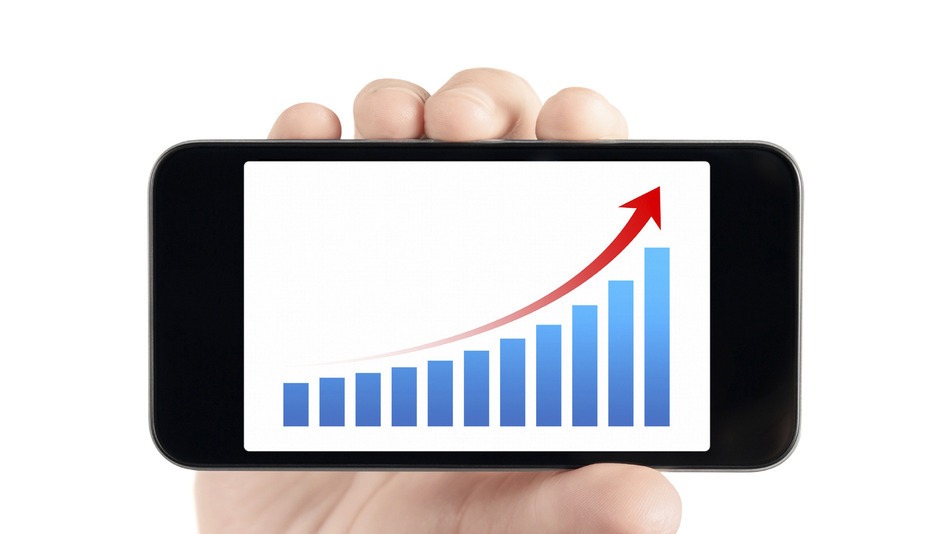Brands to Invest More in Mobile Advertising in 2015
In the year 2014, mobile advertising started to grow rapidly thanks to the huge popularity of smartphones and tablets worldwide. Most industry experts consider 2014 as the year of the mobile and there were countless blogs and articles that tell about the latest trends, predictions and strategies. According to eMarketer, the overall media advertising costs in the US witnessed its largest increase in a decade, and mobile was the platform that saw a rapid rise with advertising spending 83 percent more on smartphones and tablets than they did in the last year. While many surveys and studies conducted this year show that mobile advertising made its footprint in 2014 and in the next year, it will see even more growth and expansion in the mobile platform. Here are a few suggestions to all marketers and advertisers out there for what they have to do as we head into a new and exciting year.
Do Not Hesitate in Adopting Mobile in 2015
Most surveys indicate that mobile ad spending will continue to grow over the next couple of years, but there are many who are still hesitating to embrace mobile advertising. Many marketers still view mobile as somewhat risky and not entirely trustworthy. So, they have not yet been able to execute the mature mobile advertising strategies they had hoped. The slow adoption rate of mobile may be because of the lack of a strong cross-device acknowledgement model. While the cross-device acknowledgement is still improving, more conversions are still occurring on desktop platforms rather than on mobile devices. This is mainly due to the fact that customers are more comfortable entering their credit card and personal details on a larger display screen, as it is a more trusted environment.
On desktop platforms the final conversion may still be happening, but marketers need to keep in mind that other devices including mobile devices still have an impact on a business’s bottom line. According to Yahoo, Consumer Packaged Goods (CPG) are one such category that witnessed increased spending on mobile advertising in recent times. Unlike other brands, CPG firms implement extremely creative methods to enhance brand awareness and customer engagement.
Implementing a Multichannel Approach
Even though many big businesses have millions to spend on mobile advertising, many are still not incorporating mobile into one unified online marketing strategy. Next year, implementation will need to come from the top-down, and chief marketing officers (CMO) should be mandating that mobile be implemented into a business’s multichannel strategy.
A February 2014 report published by CMO Club and Visual IQ points out that 85 percent of CMOs have faced hurdles in implementing a multichannel strategy due to the lack of access to data and inadequate tools or technology. They also cited issues in measuring cross-platform performance and a lack of appropriate talent as barriers to effective implementation of a multi-channel marketing strategy.
Taking Advantage of the Data
With the rising popularity in mobile payments and Geo-targeting technologies, linking both offline and online user behaviors is presenting marketers the opportunity to bring valuable insights and data to marketing tactics. Furthermore, beacons are currently a major industry trend, allowing for a 19 times increase in interactions with advertising products when used in retail stores. The rise of these technologies suggests that contextual data pushed to users are the future of mobile. So, you need to take advantage of the data you acquired from using them and ensure to apply the knowledge you gained in your online marketing campaign.
Be Careful When Delivering Ads
As mobile strategies utilizing new technologies for obtaining the desired results, there will be a shift towards customer experience than compared to conversion performance. The attention will be put on mobile tactics that seamlessly fit into a customer’s buying journey, whether it is mobile videos or native ads. Therefore, marketers will have to set mobile-centric goals to accurately measure the performance of their brand. Also, the last-click model will fall to the edge as marketers shift to using click-to-engage metrics such as phone calls, web downloads and use of store locator.
As the world has openly embraced mobile devices, you need to prepare marketing strategies that are highly compatible with mobile and at the same time providing customer experience in 2015.

Leave A Comment